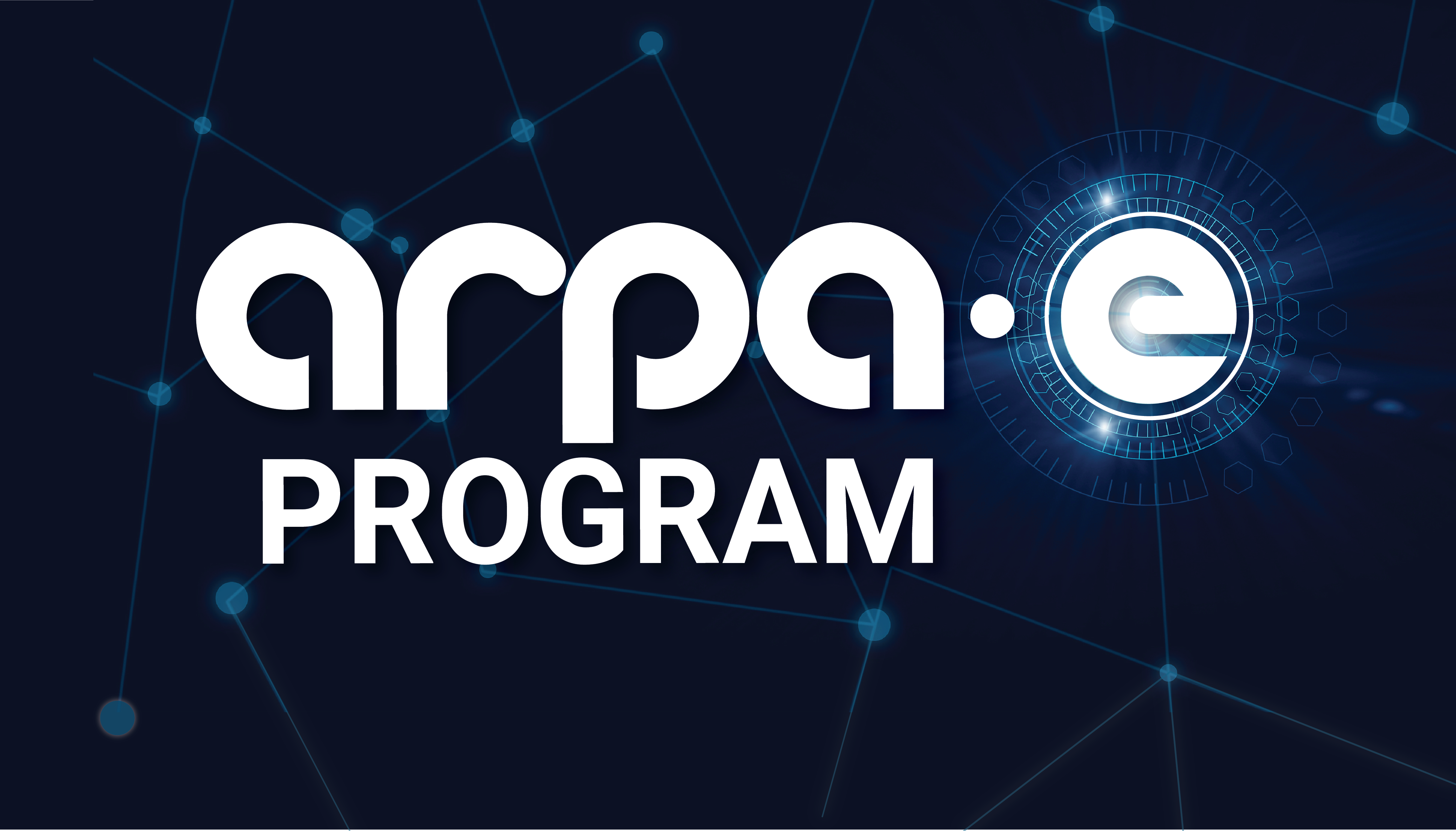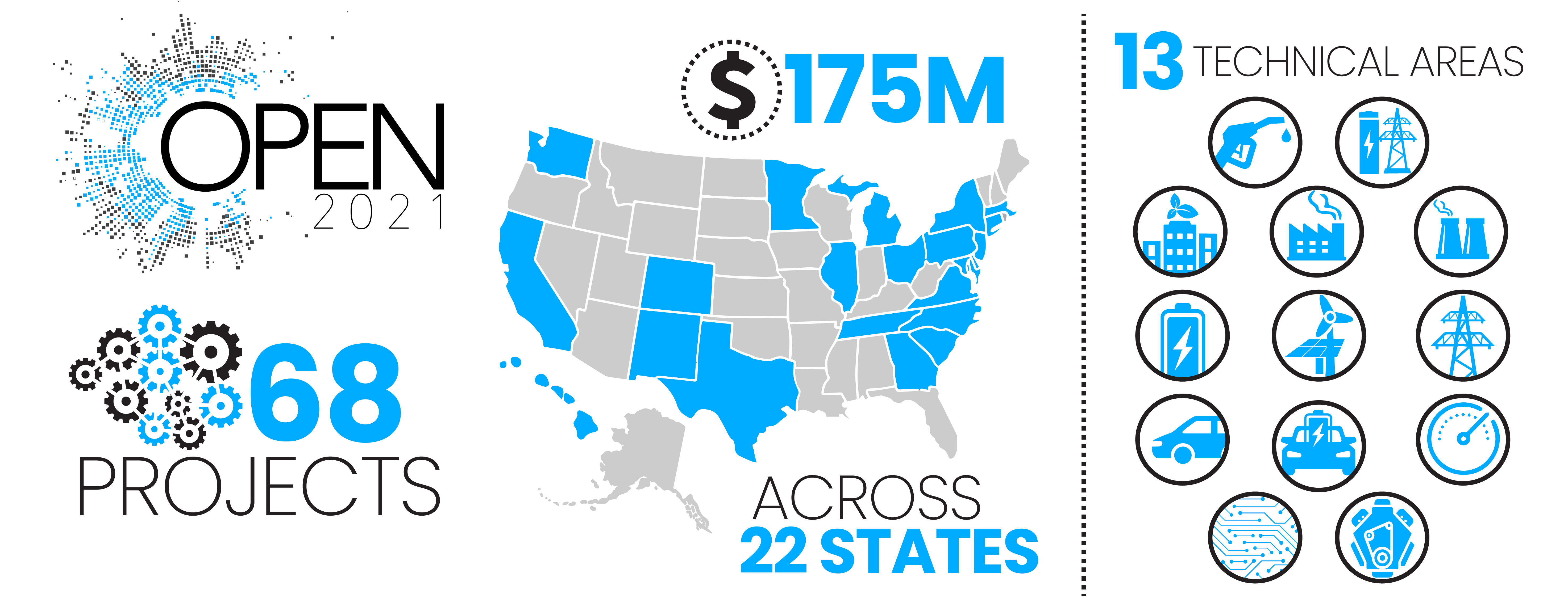Earlier this year, the US Department of Energy (DOE) said it would grant $175 million to 68 R&D projects to create disruptive technologies that can strengthen the nation’s advanced energy initiatives, including electric vehicles, offshore wind, storage, and nuclear recycling. Among the awardees is Materic subsidiary Synteris, which received $2.7 million to accelerate the development of 3D-printable ceramic packaging for power electronic modules.
This funding is part of the DOE’s Advanced Research Projects Agency-Energy (ARPA-E) OPEN 2021 grant program. Synteris will work on its proposal with the National Renewable Energy Laboratory (NREL). The duo will attempt to improve the thermal management, power density, performance, and lifetime of ceramic packaging for power electronic modules.
Considered a growing market valued at $26.6 billion in 2021, power electronics deals with high voltage and current processing to deliver power for a wide range of needs, like DC/DC converters used in cell phones or AC/DC converters for computers and televisions, while large-scale power electronics are used to control hundreds of megawatts of power flow across the country. A great example of this is how researchers at the NREL are building advanced power electronics systems that control the flow of electricity to propel large and advanced electric machines, including those used in planes, trains, and heavy-duty transportation.
However, with systems becoming smaller and more lightweight (like in automotive), the need to handle higher power levels and operating temperatures are greater, and many see the material used in the power module package as a bottleneck. With support from the ARPA-E programs and NREL researchers, Synteris wants to create technology that will substantially improve the design, manufacturability, and function of power modules used in electric vehicles, aircraft, as well as related applications including for the military.
Existing power modules contain flat ceramic substrates that serve as both the electrically insulating component and thermal conductor that transfer the large heat outputs of these devices. But Synteris proposes an additive manufacturing process that would replace the traditional insulating metalized substrate, substrate attaches, and baseplate/heat exchanger with an additively-manufactured ceramic packaging that acts as both an electrical insulator and heat exchanger for better thermal management.
Based in Baltimore, Maryland, Synteris specializes in materials for high-temperature ceramics 3D printing. The funds for this project will support the team’s small-scale research and development activities to use AM to print 3D ceramic packaging for power electronic modules that act as both an electrical insulator and heat exchanger for a dielectric fluid. Specifically, the project team will develop materials processing for 3D printing of the power electronic module, build and test the module, and develop and test a heat exchange system for the power electronic module. If successful, the project will test and validate a unique manufacturing system for better performance, lifetime, and form factor of power modules in electric vehicles.
According to Ken Malone, CEO of Synteris’ parent company Materic, many factors led to this vital grant, including critical seed funding in 2021 from the State of Maryland’s Technology Development Corporation (TEDCO) ’s Maryland Innovation Initiative and Materic’s efforts to build a portfolio of 3D printing technologies to fuel Synteris’s growth.
Since its founding in 2009, ARPA-E has provided $2.93 billion in R&D funding, and ARPA-E projects have attracted more than $7.6 billion in private-sector follow-on funding to commercialize clean energy technologies and create sustainable clean energy jobs. Previous ARPA-E awardees have also gone on to achieve breakthroughs in commercializing various energy solutions, including developing transformative solar, geothermal, batteries, biofuels, and advanced surface coating technologies. Examples of earlier awardees include Soraa, a world leader in more efficient lighting technology, and Sunfolding, a company facilitating cost and performance breakthroughs for stakeholders across the solar energy industry.
In 2022, aside from Synteris, several selected projects proposed additive manufacturing initiatives. For example, Stanford University received $1.9 million to additively manufacture amorphous metal-oxide soft magnetic composites (SMC) with net shapes, reduced cost, and reduced material waste. In addition, companies like clean energy tech manufacturer Precision Combustion will use the $1.5 million DOE award to additively manufacture electrochemical-chip-based scalable solid oxide fuel cells that permit a power-dense, lightweight design ideal for transportation applications. At the same time, chemistry company Dimensional Energy got over $3 million to print ceramic components for innovative chemical reactors that can run on low-carbon electricity sources.
The selected projects – spanning 22 states and coordinated at universities, national laboratories, and private companies – will advance clean energy technology innovation and manufacturing in the US to deliver critical energy solutions from renewables to fusion energy to tackle the climate crisis. US Secretary of Energy Jennifer M. Granholm pointed out that DOE’s investments can help the country achieve net-zero emissions by 2050, create clean energy and good-paying jobs while strengthening its energy independence.
Subscribe to Our Email Newsletter
Stay up-to-date on all the latest news from the 3D printing industry and receive information and offers from third party vendors.
You May Also Like
New Report: Semiconductor Industry to See $1.4B in 3D Printing Revenues by 2032
“The semiconductor sector has become the most strategically significant area of global industry.” Truer words are hard to come by when it comes to the modern world, and they are...
Will Photonic-Crystal Lasers Revolutionize 3D Printing?
Powder bed fusion (PBF) for metals and polymers predominantly utilizes lasers as the primary heat source. Some directed energy deposition (DED) technologies also employ lasers, while various vat polymerization methods...
3D Printing Unpeeled: Orbex Investment, IndoMIM and HP, Ultrasonic Waves
INDO-MIM has bought three HP Metal Jet S100 printers, operating two in India and one in Texas. This is a win for HP because the company has deep experience in...
3D Printing Webinar and Event Roundup: April 21, 2024
It’s another busy week of webinars and events, starting with Hannover Messe in Germany and continuing with Metalcasting Congress, Chinaplas, TechBlick’s Innovation Festival, and more. Stratasys continues its advanced training...


































